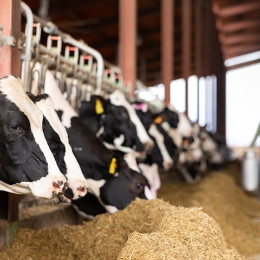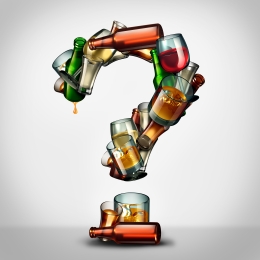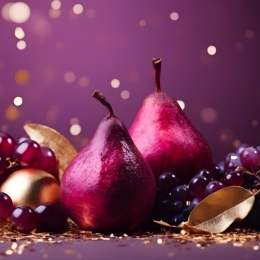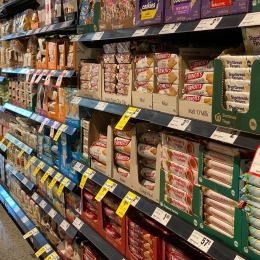Peter's Memo: Ditching Dyes
At the Center for Science in the Public Interest, we’re not just trying to make sure that safe sweeteners replace sugar in foods. For decades, we’ve also fought to get the Food and Drug Administration to ban synthetic food dyes that pose health risks.
They’re petroleum-based additives that appear on ingredient lists as a color and a number—like Red 3, Yellow 5, or Blue 2.
The FDA has already banned Red 1 and 2, Green 1, Violet 1, and other dyes for causing cancer or organ damage.
But the remaining dyes still come with risks. For example, they may cause hyperactivity in some children, according to California’s Office of Environmental Health Hazard Assessment. (The FDA acknowledges that “some evidence suggests that certain children may be sensitive to them.”)
And, unlike some additives, dyes don’t keep food from spoiling or fend off bacteria that cause food poisoning. They mostly help food companies make brightly colored junk foods like sugary drinks, candy, and snacks look appealing, especially to children.

Red 3 food dye
With no benefits for consumers, why is any level of risk from dyes acceptable?
It’s not. Take Red 3, which is illegal to use in cosmetics (like lipsticks or blush) or topical drugs (like medicated creams) but still lurks in hundreds of candies, cakes, and other foods, as well as in oral medications and supplements.
The FDA has had evidence that Red 3 causes cancer in lab animals since the 1980s. That’s what led to the cosmetics and topical-drugs ban in 1990, when the FDA also said it would “take steps” to ban Red 3 in foods.
Yet more than 30 years later, the agency is still dragging its feet. So in October, CSPI—along with 23 scientists and other organizations—petitioned the FDA to ban Red 3 from all foods, oral medications, and supplements.
We’ll keep you posted. In the meantime, you’ll need to check ingredient lists.
Titanium dioxide
Petroleum-based dyes aren’t the only problem. Some other color additives also threaten our health.
One, titanium dioxide, was recently banned in the European Union. It adds a bright white color to coffee creamers, baked goods, chewing gums, frostings, sauces, and more.
But the nanoparticles found in “food-grade” titanium dioxide may accumulate in the body and cause DNA damage—one way that chemicals cause cancer and other problems.
To play it safe, avoid foods that list “titanium dioxide” as an ingredient. (Unfortunately, the additive can show up on the ingredient list as something vague like “artificial color” or “color added.”)
The good news: Rather than wait for the FDA to act, you can always check our online guide, Chemical Cuisine, to see which additives we rate as “safe” and which earn a “caution,” “cut back,” or “avoid.”
I hope you’ll find it useful.
Tags
Topics
More on food labeling
Industry research on food labeling is high in bias
Food Labeling

Genetically engineered animals to be regulated by FDA
New Food Technologies

Alcohol Labeling: TTB
Litigation

CSPI's accomplishments: Looking back at our 2023 victories
Food Additives

Bill introduced in Congress today would require FDA to implement mandatory front-of-package nutrition labeling
Food Labeling


